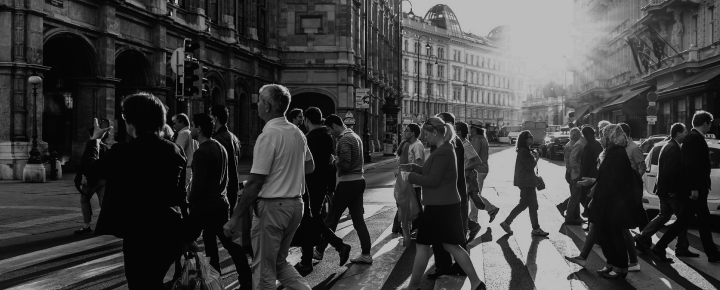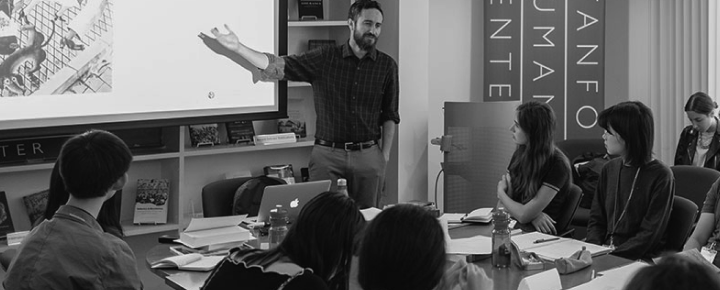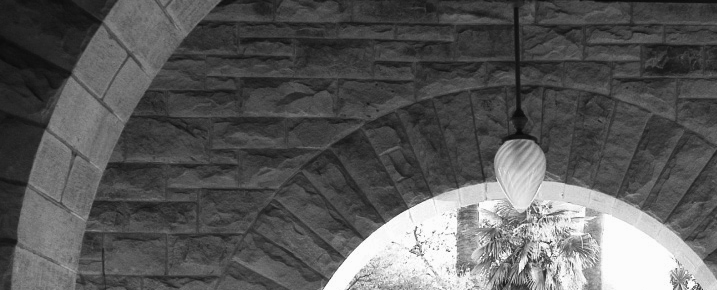Prosody: Alternative Histories
What are the historical stakes of prosody, and why should we ask? ‘Prosody’ refers both to the patterning of language in poetry and to the formal study of that patterning.
MoreHip hop suggests that doggerel can achieve a surprising flexibility, ranging from the comic to the serious, from the delicate to the vulgar. It would be a mistake, though, to say the technique determines the result.
Different scientific ideas about nature, minds, bodies, and sounds inspired different prosodic theories and practices.
Scansion, for generations of American students, has been the dominant method of studying prosody in poetry. How and why did this happen? What if scansion had never become dominant? What alternative methods for understanding poetic prosody have been passed over?
The primary purpose of the essay is to offer medieval English poetry as a case in point for historical poetics.
What are the historical and existing efforts to employ digital technologies for exploring or generating prosody?
I have never really understood prosody. It has always felt like some sort of coded speech that only those who were well trained in the tradition understood. It felt for many years as if there were some who had prosody so deep in their blood that even when they were merely two cells, it beat within those two cells and then as their cells divided, the understanding was built into their body cell by cell and then it came to define how their heart beat. My heart seemed to beat otherwise.





